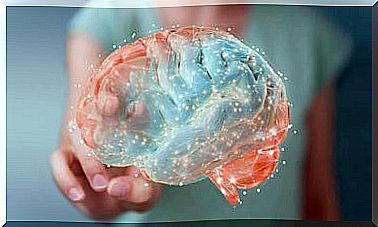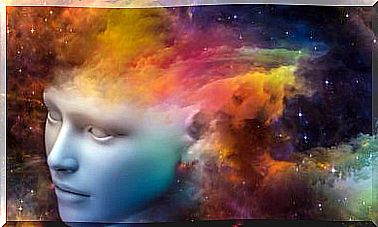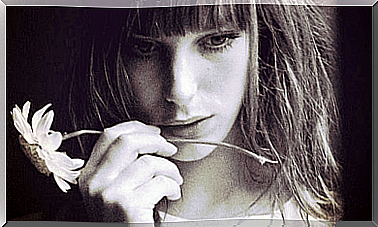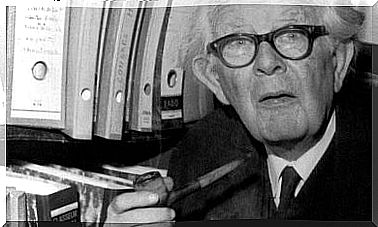Lacan And The Structure Of The Unconscious

Jacques Marie Émile Lacan was an important figure in Parisian intellectual life for much of the 20th century. His name appears frequently linked to psychoanalysis.
His teachings and writings explore the importance of Freud’s discovery of the unconscious, both within the theory and practice of analysis itself, and in connection with a wide range of diverse disciplines.
In particular, for those interested in the philosophical dimensions of Freudian thought, Lacan’s work is invaluable. In the last century, Lacanian ideas were positioned at the core of various psychoanalytic themes in philosophical circles.
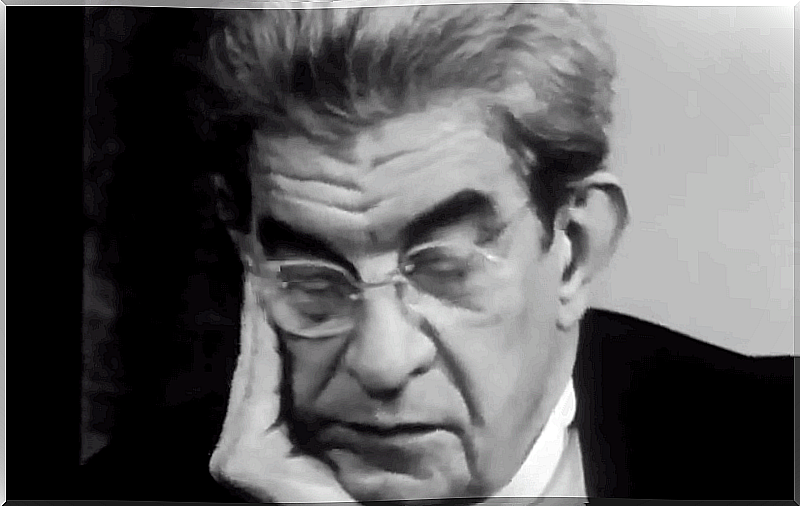
Early years of the thinker
Jacques Lacan was born on April 13, 1901, he was the first child of a prosperous and bourgeois marriage. His parents were Alfred Lacan and Emilie Baudry, belonging to a family with a solid Catholic tradition.
In 1907, Lacan entered the select Collège Stanislas, a Marist school that serves the Parisian bourgeoisie. There, he receives a solid primary and secondary education with a strong emphasis on the religious and traditionalist. He completed his studies in 1919 and by now he is developing his philosophical thought.
Lacan and his professional achievements
Although Lacan’s first texts appeared in the late 1920s, his publishing activity would really take off in the following decade. Starting in 1930, several of the first Lacanian milestones took place:
- The publication of his doctoral thesis in psychiatry in 1932, On paranoid psychosis in its relations with the personality.
- His collaborations with the Surrealist and Dadaist art movements in whose circles he flourished as an important personality.
- The first presentation of the now famous ‘mirror stage’ theory at the International Psychoanalytic Association (IPA) conference in Marienbad in 1936.
- The appearance, in the French Encyclopedia in 1938, of a substantial essay on a large number of analytical topics entitled Family complexes in the formation of the individual.
The 1930s were a crucial period in Lacan’s development. His youth was marked by the collision of interests and influences related to psychoanalysis, psychiatry, philosophy, art and literature, among other areas.
This period marks the beginning of Lacan’s robust interdisciplinary combination: Freudian analysis, Hegelian dialectic, and Kojevian pedagogy. To these three edges he added the different experiences of ‘madness’ from numerous perspectives.
The postwar era
The 1940s were fundamental in Lacan’s career, the moment in which he became a great analytical thinker. During this period, a veritable explosion of Lacanian material was unleashed, including seven annual seminars and many of the most celebrated essays.
In the post-war period, Lacan began and became acquainted with the structuralism of Ferdinand de Saussure and his heirs, such as Claude Lévi-Strauss and Roman Jakobson.
Lévi-Strauss’s 1949 book, The Elementary Kinship Structures, is known to help launch the French structuralist movement. This movement flourished during the 1950s and 1960s with an orientation that challenged the theoretical primacy of existentialism in France.
This change in French social theory led to a fundamental reorientation in Lacan’s thought. Despite having modified his approach, Lacan remained faithful to Freudian structuralist psychoanalysis.
Lacan portrayed himself as the sole defender of a Freudian orthodoxy; He firmly maintained that a recovery of the primordial meaning of language for analysis is the key to faithfully bringing Freud’s revolutionary approach to psychic subjectivity.
All this was announced in detail in the long founding manifesto of Lacanism: The function and field of the word and language in psychoanalysis .
Lacan: last years and legacy
In 1980, near the end of his life, Lacan saw fit to dissolve his school, the École Freudienne. This decision was controversial and sparked infighting among his followers.
However, Lacan participated little in these discussions, since he died in 1981. His son- in- law and editor of Le Séminaire , Jacques-Alain Miller, founded the École de la Cause Freudienne as successor to the École Freudienne, after the latter’s dissolution.
The theory of the three registers constitutes the framework of various concepts throughout Lacan’s intellectual itinerary. The three registers correspond to the imaginary, the symbolic and the real.
However, these concepts did not remain static throughout his life. His characterizations of each of the three registers, as well as the relationships between them, undergo multiple revisions and changes throughout the many years of his work.

Language and cultural codes according to Lacan
Jacques Lacan bequeathed us the idea of ”the unconscious is the speech of the other.” Understanding the “other” as everything that is absolutely alien and that is beyond the self. The “other” is the environment in which we were born, that which we must “translate” to survive and prosper.
In our life, we gradually acquire awareness and understanding of a series of signifiers. Signifiers are signs or codes that represent concepts and ideas.
These signifiers can only come to us from the external world that is beyond the self. For this reason, they must necessarily have been formed from the language or the “discourse”, in Lacan’s terms, of the “other.”
The ideas and emotions that we have, according to Lacan, we can only express them through language. In this way, the only language we can make use of is the other’s language.
Our unconscious generates sensations and images built on the basis of the other’s language. Hence Lacan’s statement: «the unconscious is the discourse of the ‘other’».
Lacanian postulates have immensely influenced psychoanalytic practice. In addition, they have allowed a more objective and open interpretation of the unconscious to be reached.


